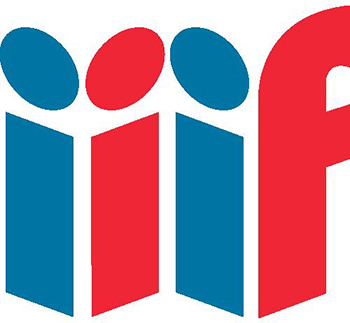In working with researchers and curators we came to understand that there is a research process that has 6 stages. iNQUIRE is built around these stages.
Stage 1 – Hypothesis and query
We have built iNQUIRE around a powerful SOLR index. This index is abstracted from your metadata, so you can define a specific iNQUIRE schema (often a subset of the overarching schema) which is then ingested into SOLR to provide a fast, reliable and scalable search solution. This abstraction means that you can continue to use your existing catalogue and and schema and ingest only what your researchers need. Metadata can be ingested in almost any form (XML, JSON, CSV etc), harvested via OAI-PMH or even queried directly via SQL.
Stage 2 – Filtering
iNQUIRE provides for complex facetting of the users search results, dependent only on the schema you’ve chosen for ingest in to the index. Facets are normally a subset of the defined schema and we also support Boolean facetting (ie date and material type). Given effective metadata, this approach means your researchers can simply filter out the results they don’t need to see.
Stage 3 – Aggregation
Researchers told us they wanted places to archive useful material, so we’ve built in the concept of Collections in to iNQUIRE. Users can drag and drop items (single items such as a painting or compound objects such as a book or journal) into a Collection. This collection is persistent and can be referenced at any time. Multiple collections can be created, renamed and then exported. Collections as well as items have URIs, main them linkable.
Stage 4 – Annotation
Researchers can undertake annotation in three ways: adding a private note to an item; tagging an item; adding a public comment. The first two are private information and the comments are in the public domain. Any of this data can be ingested into the index for search, potentially providing a richer search experience. Annotation can exist at the collection and item level and can be exported along with the item and it’s metadata.
Stage 5 – Collaboration
Users can email or download from within iNQUIRE to share their discoveries with their colleagues. The persistent RIs for items and collections mean that researchers can also send links. Once a collection has been created, researchers can also invite people to share that collection, allowing them to add to it and annotate the material in that collection.
Stage 6 – Export and re-use
Researchers told us they wanted to be able to export the digital items as well as it’s metadata and any notes they’d made. We built in export facilities that can be configured to export source images (at any given resolution, with or without a watermark) as well as associated metadata in text, .xml or .ris format. This allows for easy import into common citation and editorial software. Acknowledging the way many researchers work, we’ve also built in Facebook and Twitter integration. Users can export images to a Facebook album, or Tweet about an item , right from within iNQUIRE.

